Check out four posts in Anne Berland’s Blog:
https://annejaneb.opened.ca/category/edtech/edtech-inquiry/
Google maps is a useful tool for finding location information, planning routes, getting directions, see photos and reviews, traffic reports, drop a pin
-
- Students can make their own maps – Google: My Maps
- Points, lines, shapes
- Attach media
- Calculate routes, perimeters, areas
- Layers!
- Share the map to collaborate
- Colour icons by value
- Change the base map
- Students can make their own maps – Google: My Maps
- Lesson/project ideas
- Points of interest map
- Student commentary
- Family heritage map
- Map languages
- Class information
- Fictional settings for novel making
- Field trips or imaginary trips
- Google Street View
- Not just streets
- Cultural, political, physical geography
- Google cultural institute
- Museums, natural wonders, architecture
- Art, curricular content, historical documents, deep dives
- What’s the difference google map vs google earth…
-
- Google earth is for exploring (experience over theory)
- Find your house and get up close with street view
- Flight simulator
- View the past – imagery from the past to compare to present day
- View layers
- Google moon mars, and sky
- Voyageur – Jane goodall, sesame workshop, nasa, interactive lesson plans
- Can see endangered habitats
- “I’m feeling lucky” button
- You can view from telescopes, look at mars, moon, apollo missions
-
- 20 questions warm up exercise, compass directions, grass lands, conversations, explore different environments, scavenger hunt with co-ordinates
- Idea: Grade 4 cross-curricular project
- Gold rush, follow main characters and figure out where they went on a map
- Visiting specific sites along the way
- Add journal entries, notes can be done on the map, measure distances with walking or a car
- Put custom icons in
Privacy on Google maps and Google earth – scary or awesome
- Click on time line – it keeps track of where you go and depending on your settings it may upload your photos
- Corporations upload your information – beware!!
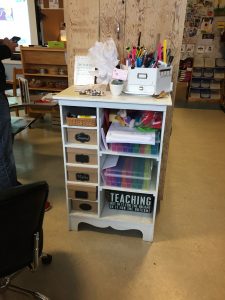
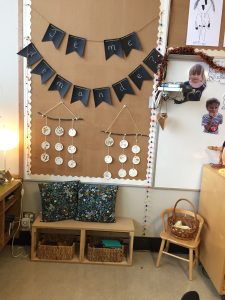
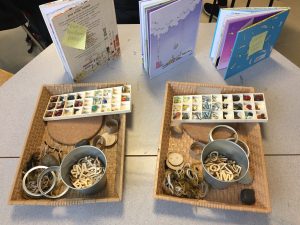
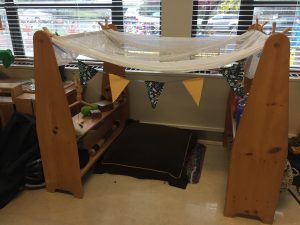
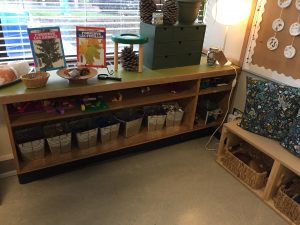

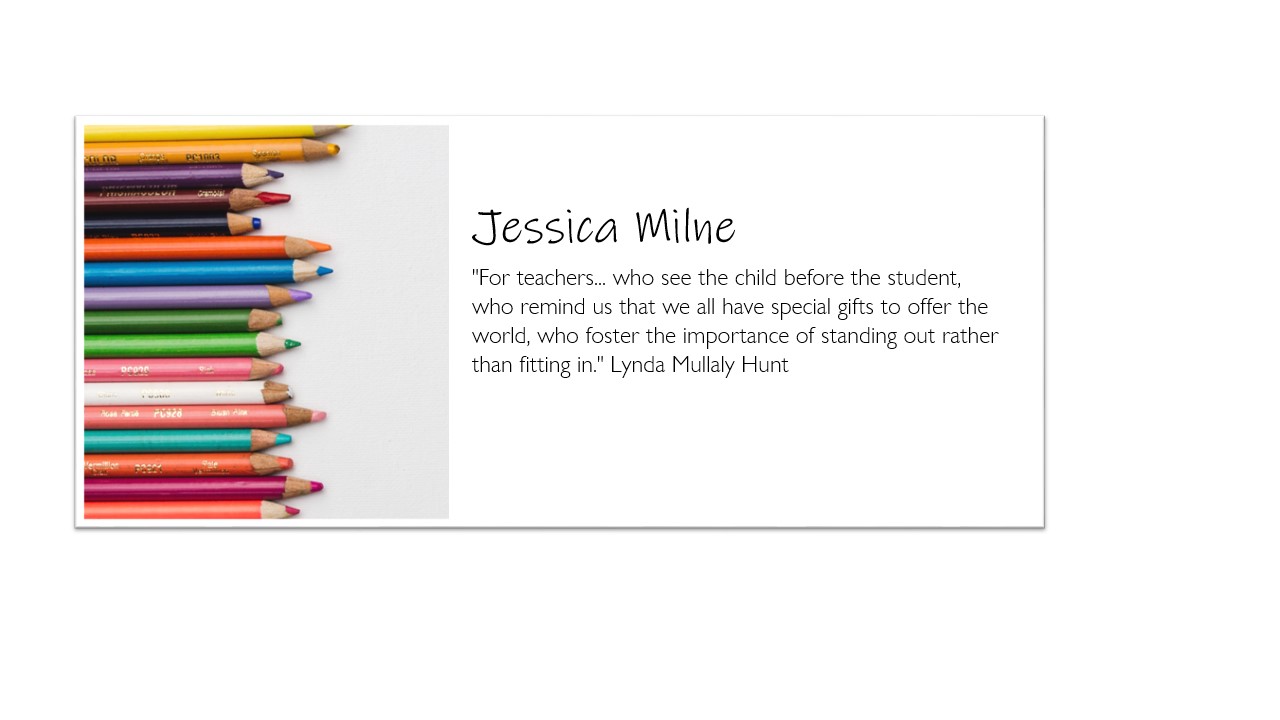
Recent Comments